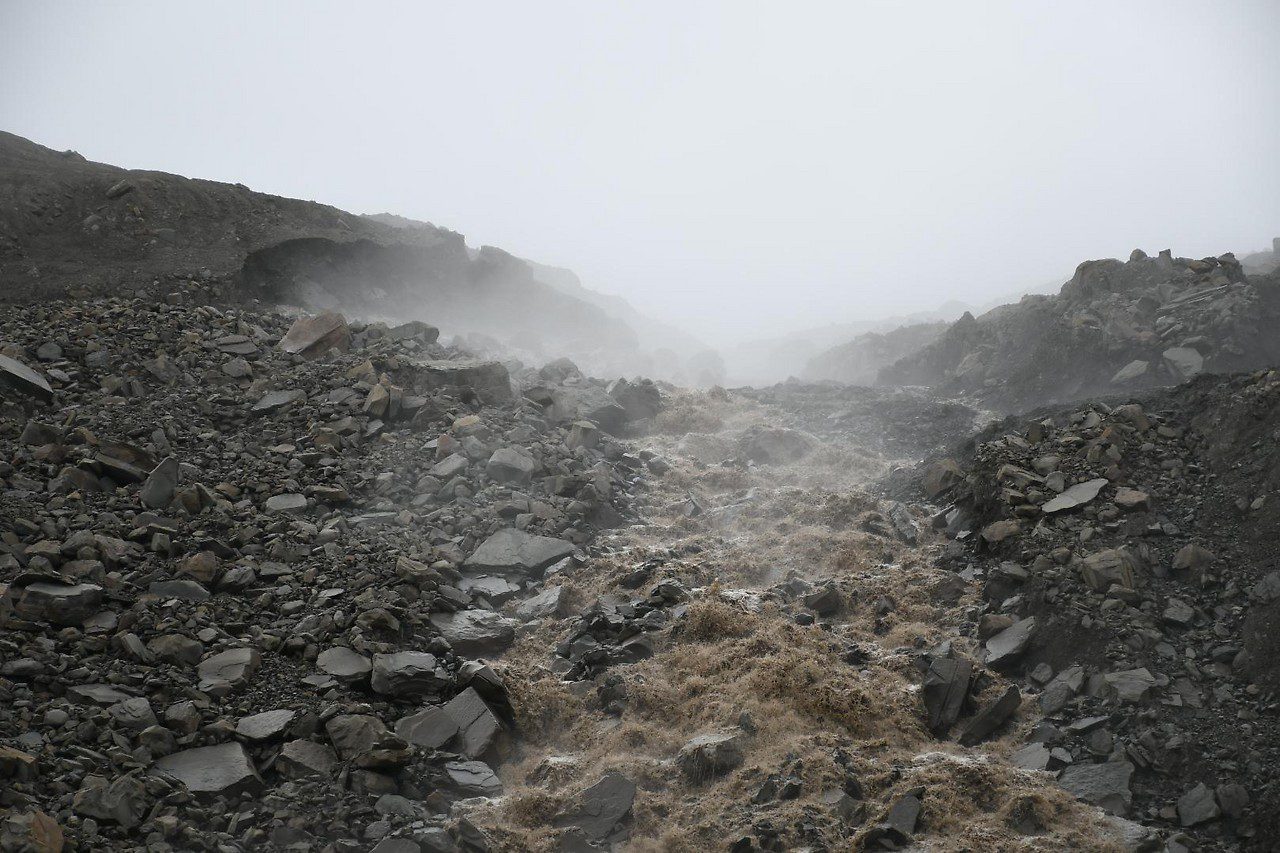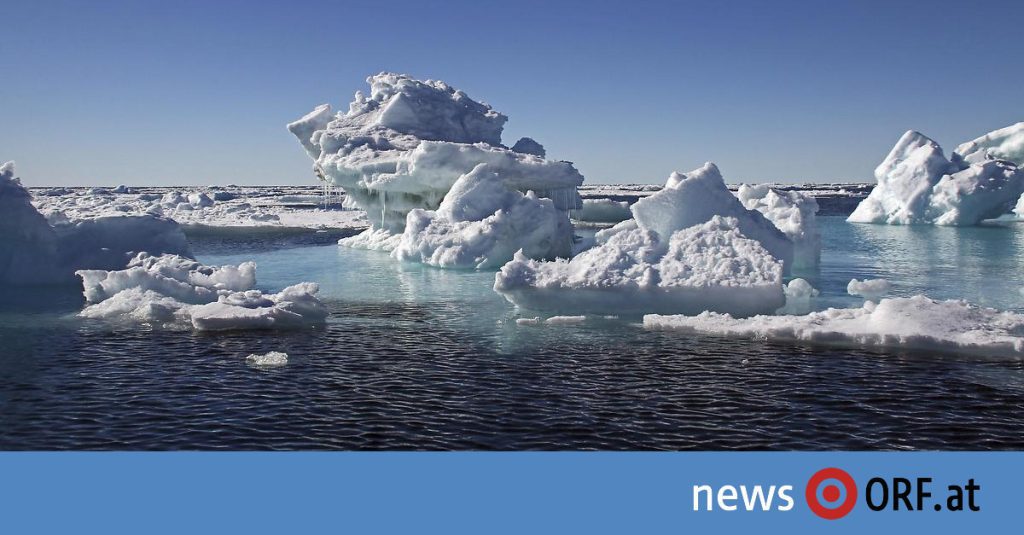“No more temperatures in the refrigerator,” the Norwegian Meteorological Service said in its summer report to Svalbard. The archipelago located in the Arctic Ocean at 78 degrees N is one of the northernmost inhabited regions of the world, just over 1,000 km from the North Pole.
The average temperature in June, July and August at Svalbard Airport was 7.4 degrees, breaking the record for 2020. Until 1990, the summer temperature was fairly stable at four degrees, and since then the rise has been unstoppable. The average summer temperature for the past ten years has been 6.4 degrees.
Climate change epicenter
The extreme summer temperatures this year are consistent with recent research. The Arctic has warmed four times faster than the rest of the world in recent decades. There is no other region on Earth where temperatures are rising so quickly and on such a large scale. The Arctic is the epicenter of climate change.
This is also due to the fact that sea ice is retreating more and more, which means that larger areas of water are becoming free. The water is dark and heats up more quickly than the sun’s rays, which in turn melts more ice. Domino effect with consequences of self-reinforcement. In science one speaks of positive feedback.
Arctic sea ice is one of the most important tipping points in our climate. It has gotten smaller and smaller over the past few decades. If this trend continues, a “blue ocean event,” a completely ice-free Arctic, is possible in late summer into the middle of this century.
Glacier melting record
The sea ice on Svalbard actually disappeared in late spring this year, which didn’t always happen in late summer either. In addition, the winter was falling a little snow. Extremely hot summer has led to a very large and unprecedented glacier melting on Svalbard. Glaciers cover more than half of the archipelago, with a total area of 34,000 square kilometers. For comparison: in the Alps, all glaciers cover only about 1,800 square kilometers.

The melt at Spitsbergen was twice as large as the previous record in 2018, according to Xavier Fettweis, a climate researcher at the University of Liege. Without climate change, the probability of this event occurring was 1 in 3.5 million, making it nearly impossible.
A summer like this was not a whim of nature and it was not far away, but a clear expression of the climate crisis. What happens in the Arctic has global consequences. If one day all the glaciers on Svalbard melt, global sea level will rise by 1.7 cm. Added to this is the expansion of the sea due to warming.
Greenland is a critical factor for sea level
Greenland’s influence is much larger and more significant. In addition to the sea ice in the Arctic, the ice island also represents a climatic tipping point. In Greenland, so much water is tied up in the form of ice that if the sea level completely melted, it would rise by 7.4 metres. Then many major cities will fall under the water, whole islands like the Maldives will disappear, and the maps of the world will have to be redrawn.
Greenland, like Svalbard and other Arctic islands, is already losing net mass. In the past 20 years, melting ice in Greenland has already caused sea level to rise by 1.2 centimeters. Greenland is currently the main contributor to ocean rise.
27 cm extra in any case
Even if carbon dioxide emissions were stopped immediately worldwide and without further global warming, about 3.3 percent of Greenland’s ice – a total of 110 trillion tons – would melt and sea levels would rise by another 27 centimeters, according to a study. New by the National Statistics Institute. Geological Research Institute of Denmark and Greenland. The massive ice cap takes time to find a new balance.
If the extremely hot year 2012 in Greenland is taken as a basis and considered as the average climate in this century, then the reason for the mass loss of the Greenland ice sheet increases. Then the height of the oceans rises to 78 cm.
An immediate phase-out of fossil fuels is not in sight, even the EU is only pursuing a plan for a climate-neutral Europe by 2050. Greenland will thus melt much more. Limiting global warming to below 2 degrees, and if possible below 1.5 degrees, should be in the best interests of humanity.
Record levels at the end of last week
The summer of 2022 was in fact a relatively favorable one for Greenland, Danish research institutions reported on Polarportal.dk. It was relatively cold and humid. The volume of ice loss in Greenland as of August 31 was 84 billion tons, less than the average in recent years. However, the bottom line is that the balance is again negative, and it has risen again significantly in the past few days. Greenland was swept by an unprecedented heat wave for the month of September.
Extremely high temperatures were measured in Greenland last weekend. In Paamiut, in the southwest of the island, the temperature exceeded 20 degrees, and even at the highest point of the Greenland ice sheet at 3,200 meters, the values \u200b\u200ba moved into the positive zone, a record for September. This heat wave resulted in the strongest glacial melt we’ve seen in September. Greenland lost another 20 billion tons of ice over the weekend alone. Temperatures have not normalized to this day. Summer in the far north is not over yet.

“Food practitioner. Bacon guru. Infuriatingly humble zombie enthusiast. Total student.”







More Stories
KaDeWe stops selling meat and sausages
Another earthquake near the giant Naples volcano
Trump wants to block Harris' access to donations